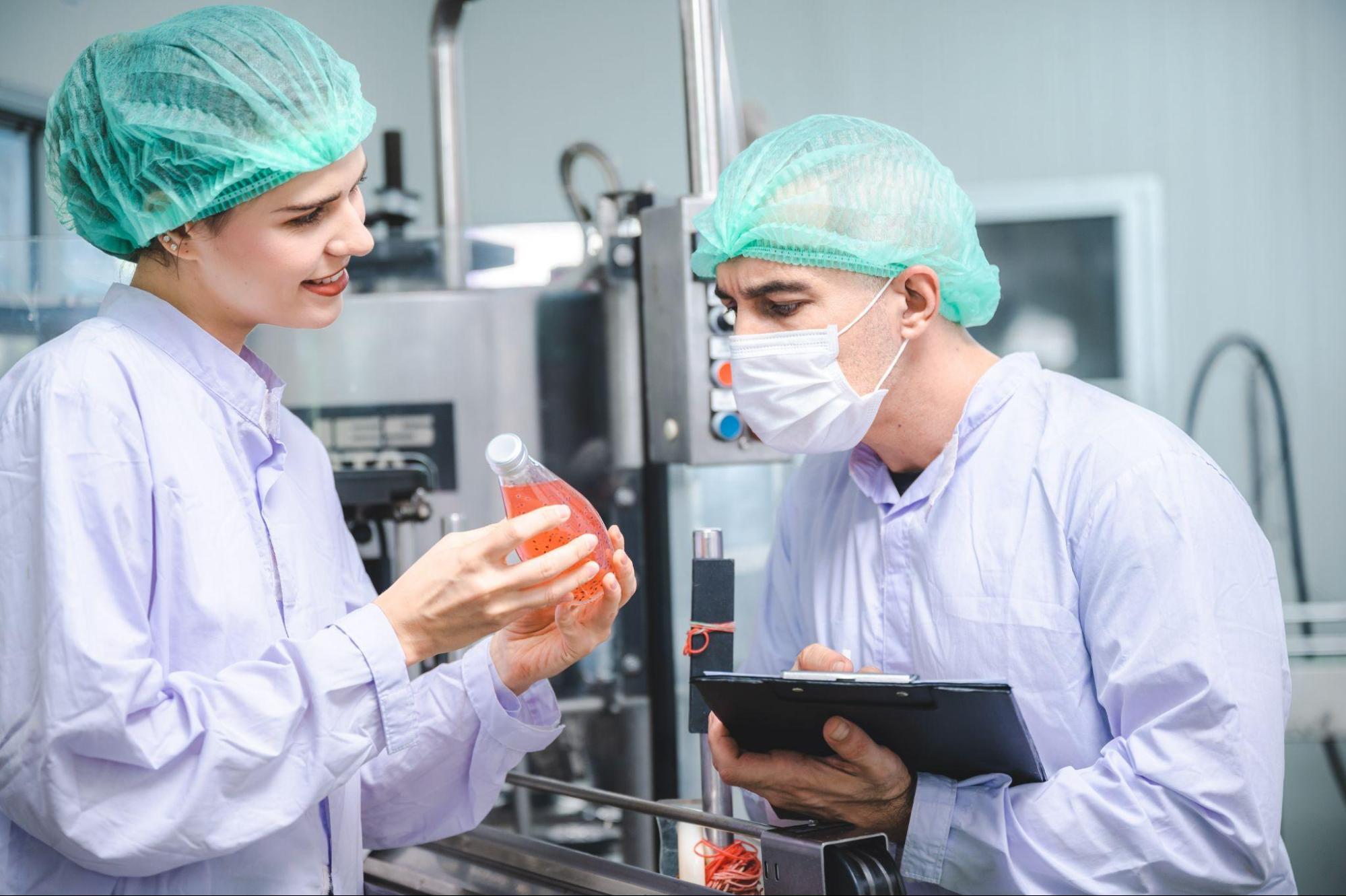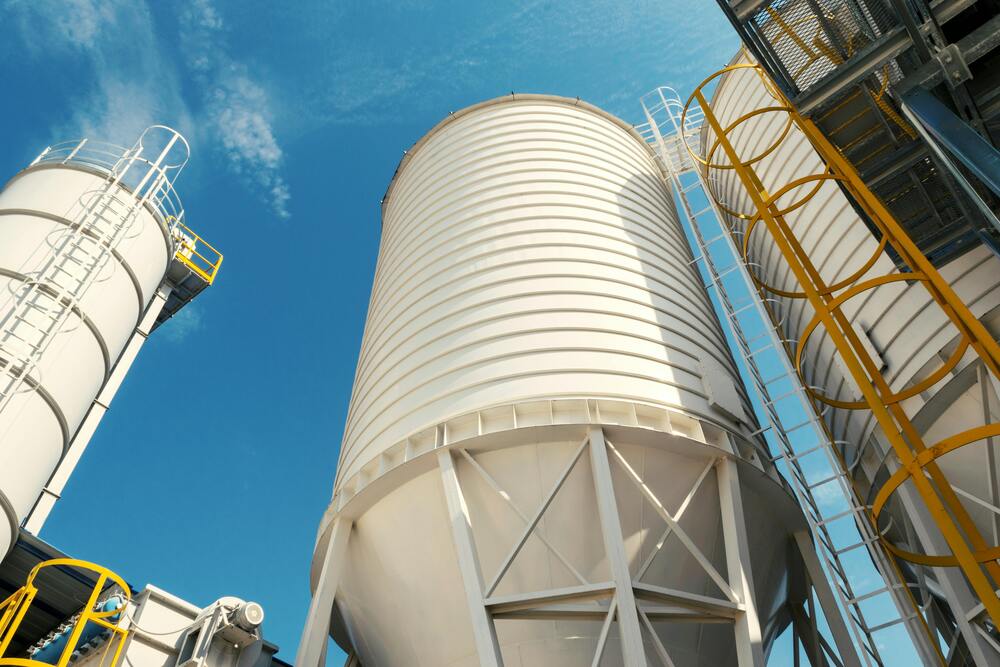Pneumatic conveying systems have revolutionised the transportation of bulk materials, such as powders and granules, in the food and beverage manufacturing industry. With their numerous advantages, it’s no wonder that food and beverage facilities rely on these systems to efficiently move a wide range of products throughout their operations.
Benefits Of Using Pneumatic Conveying Systems
1. Safe And Easy-To-Maintain Systems
Pneumatic conveying systems offer simplicity and ease of maintenance compared to mechanical systems. With fewer moving parts, these systems are easier to maintain, reducing downtime and the risk of accidents. The streamlined design also enhances reliability, ensuring continuous operation in demanding manufacturing environments such as the food and beverage manufacturing industry.
2. Less Wastage
One of the significant advantages of pneumatic conveying systems is their ability to contain product granules and dust effectively. The enclosed nature of the pipelines prevents product loss and contamination, ensuring a higher level of quality control. With reduced wastage, businesses in the food and beverage manufacturing industry can improve their bottom line and minimise environmental impact.
3. Enhanced Sanitation
Pneumatic conveying systems designed with high-performance stainless steel pipelines can withstand the rigorous wash-downs required in food and beverage manufacturing facilities. The absence of delicate electronic components simplifies the cleaning process, saving time and effort. This enhanced sanitation capability ensures compliance with strict hygiene standards and safeguards product integrity.
4. Flexible Additions To Existing Systems
The compact design of pneumatic transfer lines allows for seamless integration into existing food and beverage manufacturing systems. These systems can be custom-designed around the layout and constraints of a facility, providing flexibility that mechanical conveyors often lack. Additionally, the space-saving nature of pneumatic systems optimises floor utilisation, maximising production efficiency.
5. Cost-savings
Pneumatic conveying systems offer cost advantages over mechanical counterparts. With fewer electronic parts, they are generally more affordable and require less maintenance. Expanding existing conveying systems with pneumatic technology is also a cost-effective option. Additionally, the ease of operation and reduced training needs translate into significant savings in downtime and personnel resources.
6. Optimal Energy Usage
Precise pressure control in pneumatic conveying systems allows food and beverage manufacturing operators to optimise energy usage and reduce costs. By adjusting the pressure to match the specific requirements, energy consumption can be minimised. The use of shorter airflow paths and smaller tubing designs further enhances efficiency, resulting in optimal energy utilisation.
Strengthen Your Food And Beverage Manufacturing Systems With Pneu Powders
When it comes to enhancing your food and beverage manufacturing operations, Pneu Powders is the partner of choice. As a leading pneumatic conveying system manufacturer, we provide innovative solutions tailored to your specific needs. Our high-quality pneumatic conveying equipment is designed for optimal performance, ensuring the seamless and reliable transfer of materials throughout your facility.
By choosing Pneu Powders, you benefit from our expertise in delivering custom-built systems that outperform generic mechanical alternatives. We offer a range of pneumatic conveying equipment designed specifically for the food and beverage industry. Partner with a reputable pneumatic equipment supplier in Singapore such as Pneu Powders that is well-versed in supporting businesses in FMCG food manufacturing and the dairy industries to streamline your operations, reduce waste, and achieve maximum efficiency.
Take your food and beverage manufacturing systems to new heights with Pneu Powders. Contact us today to discuss your requirements and explore how our pneumatic conveying solutions can optimise your processes.




